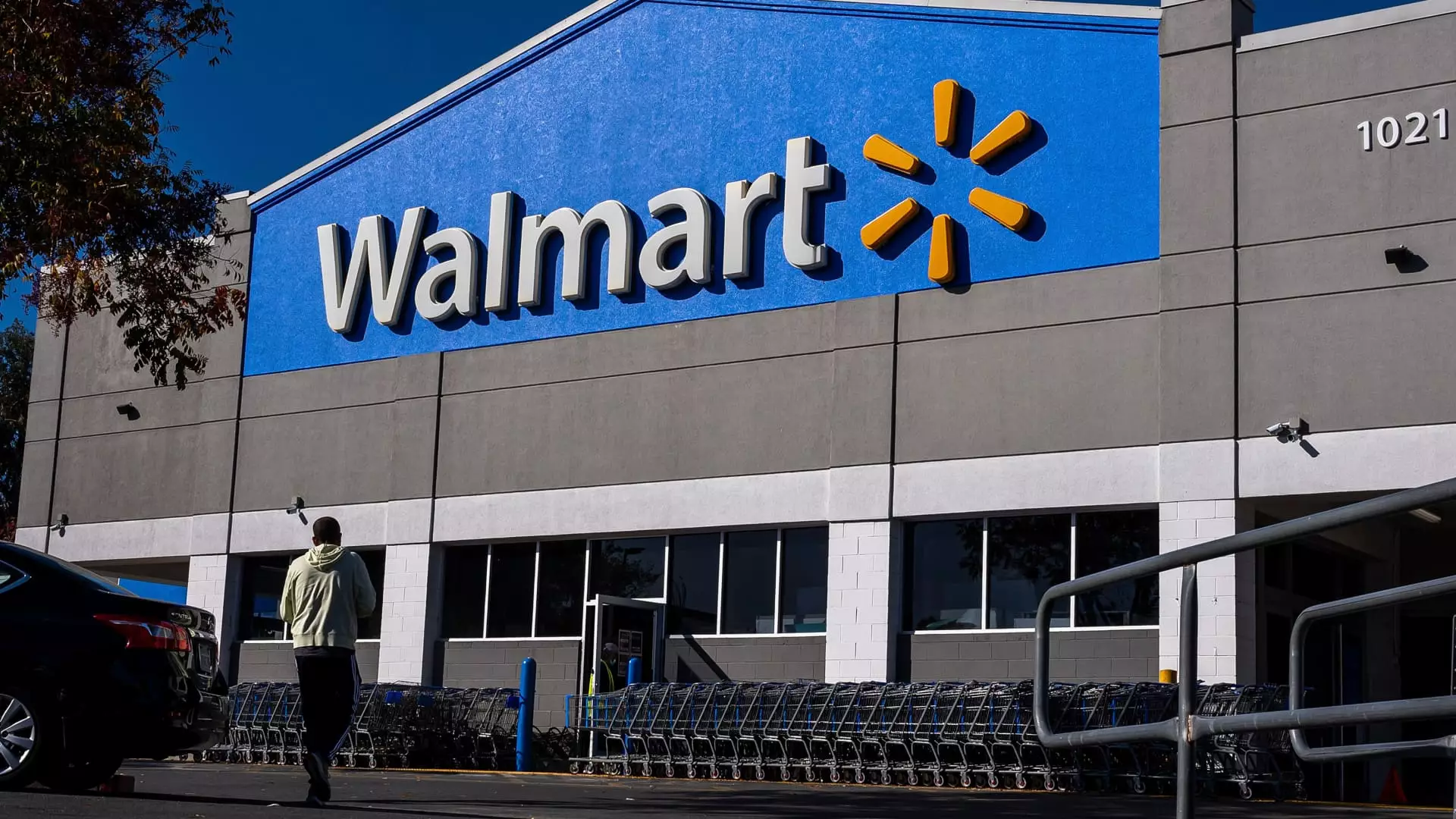As the retail landscape evolves under the influence of shifting political policies, companies like Walmart find themselves grappling with the potential repercussions of proposed tariffs. With U.S. President-elect Donald Trump’s tariffs looming on the horizon, Walmart’s Chief Financial Officer, John David Rainey, openly addressed the potential implications for consumers. The situational complexity surrounding tariff policies reflects not only economic challenges but also the delicate balance that retailers must maintain in order to prioritize affordability while ensuring their own profitability.
In a recent interview with CNBC, Rainey emphasized Walmart’s commitment to its model of “everyday low prices.” However, his acknowledgment that prices may rise on certain items under the new tariffs signals a significant concern for consumers. This admission reflects a broader apprehension among retailers about how tariffs could disrupt pricing structures. Rainey stated, “We never want to raise prices,” underscoring the retailer’s intent to keep costs manageable for its customer base. The remark, while reassuring, provides an overview of the tenuous situation that major retailers are facing—caught between consumer expectations and external economic pressures.
The proposed tariffs, which encompass a range of imports, could force companies like Walmart to re-evaluate their pricing strategies. During his campaign, Trump indicated intentions for sweeping import tariffs ranging from 10% to 20%, with even more substantial levies on Chinese goods. The impact of such measures, when coupled with existing tariff dynamics that Walmart has adapted to over recent years, suggests that this type of economic policy could adversely affect profitability across the retail sector.
National Retail Federation CEO Matthew Shay characterized these tariffs as “a tax on American families,” warning that inflation and job loss could become significant issues. The notion that a tariff is essentially a tax resonates with shoppers who may prioritize affordability amidst fluctuating market conditions. The interplay between tariffs, inflation, and consumer spending highlights a pressing economic debate: how best to stimulate domestic production while maintaining accessible prices for consumers.
Despite the uncertainty, Rainey noted that a substantial portion of Walmart’s inventory—approximately two-thirds—is produced domestically. This reflection on the retailer’s diversified supply chain appears to be a strategic effort to mitigate risks associated with reliance on a singular sourcing country like China. The decision to diversify sourcing reflects a broader trend within the retail sector, aiming to create a more resilient supply chain capable of withstanding external shocks.
Additionally, Rainey pointed out that Walmart has been operating within a tariff-laden environment for several years now. The experience gained during previous tariff applications will certainly inform their response to new tariffs. Recognizing the inflationary nature of tariffs, Walmart aims to collaborate with suppliers and focus on their private brand offerings. This proactive approach seeks to keep costs down and preserve their pricing model while responding to external pressures.
Walmart is not the only retailer voicing concerns over tariffs. Other retail executives are echoing similar sentiments. For instance, e.l.f. Beauty’s CEO, Tarang Amin, acknowledged that potential tariff hikes may lead to necessary price adjustments. Footwear companies like Steve Madden, too, are making moves to reduce reliance on Chinese imports, highlighting the industry’s collective sentiment towards mitigating financial stress. The diversified supply chains being developed by retailers aim to cushion the blow of impending tariffs and preserve the bottom line.
The prospect of increased prices due to tariffs poses challenges not merely for Walmart but for the entire retail landscape. As businesses prepare for the unknown ramifications of trade policies, strategic adaptability will be crucial. Retailers are faced with the arduous task of balancing customer affordability while navigating the hurdles presented by tariffs. The current economic climate calls for resilience and innovation, as the retail giants like Walmart strive to maintain their commitment to low prices amidst external pressures. This evolving narrative continues to shape consumer experiences and ultimately defines the future of American retail.


Leave a Reply